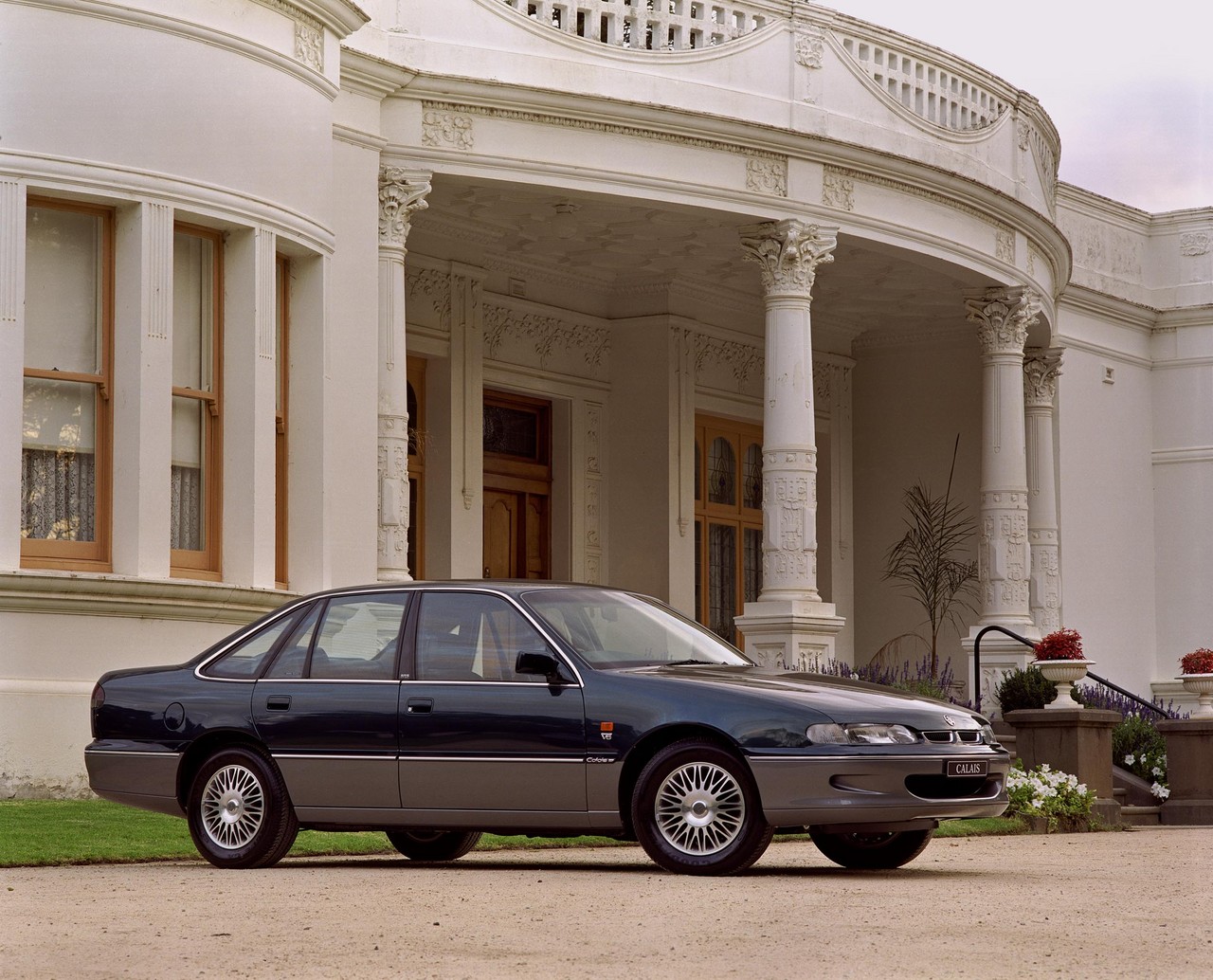 Introduction
Introduction
The L67 was a supercharged 3.8-litre pushrod V6 petrol engine that was available in Holden vehicles from 1996 to 2004. Developed by GM, the L67 engine was based on the naturally aspirated L36 but had several significant differences.
L67 block and internals
The L67 engine had the same cast iron block with cross-bolted main bearing caps as the L36 engine. The offset crankshaft was supported by four main bearings and counterbalanced by the flywheel/torque converter, crankshaft balancer and weights that were cast into the crankshaft itself. Compared to the L36, the L67 crankshaft had the same design but additional balancing due to its different pistons, rods and flywheel.
The camshaft was supported in the crankcase by four bearings and driven from the crankshaft by sprockets and chain. The L67 engine had the same camshaft as the L36, but its cam-gear was in the advanced position to advance timing by approximately two (2) degrees.
To reduce inertial forces, the L67 had a balance shaft within the block that was positioned above and parallel to the camshaft; the L67 balance shaft could be identified by its four lubrication holes at the rear bushing end.
Relative to the L36, the L67 engine had 1 inch (25.4 mm) shorter connecting rods. Furthermore, the dished pistons
- Were 1 inch taller;
- Had increased diameter gudgeon pins;
- Had low-friction, ceramic-coated skirts; and,
- Had hard-anodised crowns and top ring lands to reflect heat back into the combustion chamber.
L36 cylinder head
The cylinder head for the L36 engine was redesigned and had symmetric ports and combustion chambers. Furthermore, the new intake manifold had smoother internal passages and provided greater air flow, while the exhaust manifold and connecting pipes were designed to minimise the heat and noise for quieter running.
M90 supercharger
The L67 engine had an Eaton ‘Generation III’ M90 supercharger that was belt-driven from the crankshaft by a 3.8-inch pulley. The Eaton M90 supercharger had a three-lobe, twin rotor design with a 60-degree helical twist and could displace 90 cubic feet per minute (2548.5 litres per minute). For Holden vehicles, the M90 supercharger provided peak boost of 6 psi (0.41 bar).
L67 cylinder head
The cylinder head for the L67 engine was redesigned and had symmetric ports and combustion chambers. Unlike the L36 engine, the cylinder head for the L67 had bosses machined for the injectors which fired into the head intake runners – for the L36, the injectors were mounted in the plenum intake runners, further away from the chamber.
The L67 engine also had a larger throttle body and longer intake pipe; for VS models, an over the radiator (OTR) cold air intake (CAI) was also fitted.
L67 valves
Like the L36, the L67 engine had pushrod-operated overhead valves (OHV) with two valves per cylinder. The tubular pushrods operated overhead rocker arms which pivoted on pedestals that were bolted to the cylinder head. In addition to the normal function as a cam-follower, each hydraulic valve lifter served as an automatic adjuster so that manual valve adjustment was not required. Furthermore, the hydraulic valve lifters maintained zero lash in the valve train under all operating conditions.
As per the L36 engine, valve sizes were as follows –
- Intake valves: 45.72 mm diameter (1.80 inches); and,
- Exhaust valves: 38.61 mm diameter (1.52 inches).
L67 injection and ignition
The L67 engine had sequential fuel injectors, though its fuel system differed from the L36 in that it had:
- A two-speed 37 mm diameter roller vane-type pump, rather than the L36’s 37 mm diameter turbine-style pump;
- A unique fuel rail;
- Higher-flow injectors that could provide 36 lbs per hour (4.54 grams per second), compared to 22 lbs per hour (2.77 grams per second) for the L36; and,
- Premium unleaded petrol (PULP) was recommended.
Furthermore, the L67 engine had platinum spark plugs and a lower compression ratio of 8.5:1 (9.4:1 for the L36).
Other L67 changes
Compared to the L36, other changes for the L67 included:
- Different rocker covers to suit the high-flow injectors;
- A stronger and 13 mm larger torque converter;
- A transmission cooler;
- Relocated thermostat;
- A heat shield for the starter motor;
- Three coolant bleed valves;
- A different wiring loom; and,
- Different ECU.
| RPO | Engine | Peak power | Peak torque | Models | Years |
|---|---|---|---|---|---|
| L67 | 3.8-litre supercharged petrol V6 | 165kW at 5200rpm | 370Nm at 3200rpm | VS.II Calais | 1996-97 |
| VS.II and VS.III Statesman, VS.II and VS.III Caprice |
1996-99 | ||||
| L67 | 3.8-litre supercharged petrol V6 | 171kW at 5200rpm | 375Nm at 3000rpm | VT Commodore, VT Calais |
1997-00 |
| WH Statesman, WH Caprice |
1999-03 | ||||
| VX Commodore, VX Berlina, VX Calais |
2000-02 | ||||
| VY Commodore, VY Calais |
2002-04 | ||||
| WK Statesman, WK Caprice |
2003-04 |
 Introduction
Introduction

